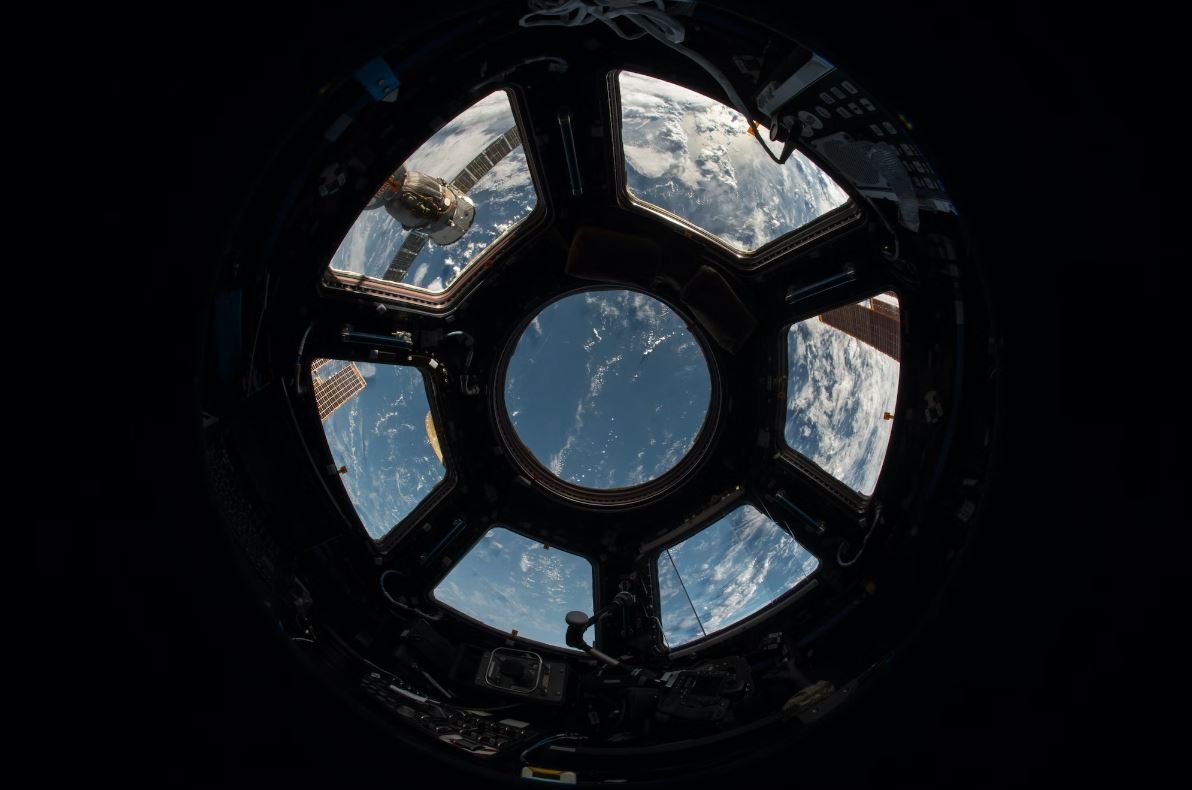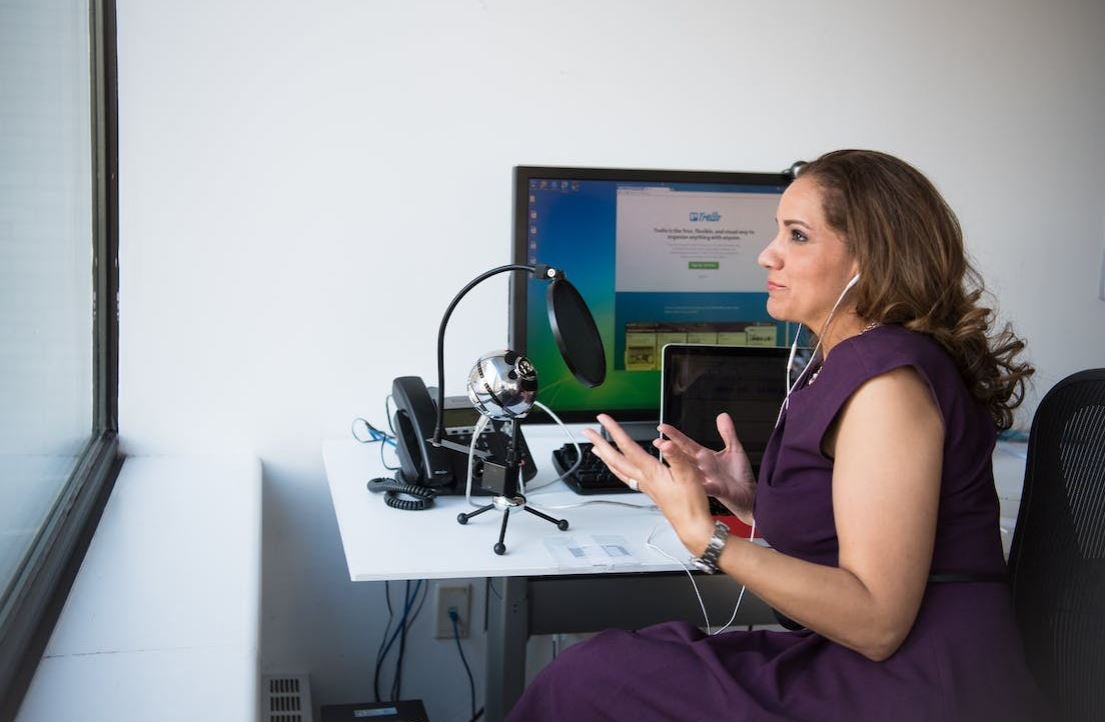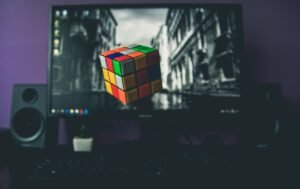Deepfake or Real
With the rapid advancement of technology, deepfake videos have become increasingly common and more sophisticated. These manipulated videos use artificial intelligence (AI) to swap faces and create incredibly realistic scenarios that can deceive viewers. As a result, distinguishing between real and fake content has become a considerable challenge in today’s digital landscape.
Key Takeaways:
- Deepfake videos use AI to create realistic scenarios that can deceive viewers.
- Distinguishing between real and fake content has become a significant challenge in the digital era.
- Various methods and technologies are being developed to detect and prevent the spread of deepfake videos.
**Deepfake** technology utilizes AI algorithms to analyze and manipulate data, enabling individuals to alter videos to their desired outcome. By leveraging facial recognition and mapping techniques, deepfake creators can superimpose one person’s face onto another, making it appear as if the individual in the video is saying or doing things they never actually did. These videos are often highly convincing and can easily deceive unsuspecting viewers.
*Detecting deepfakes* poses a significant challenge due to the advancements in AI technology that create these realistic videos. Experts are continuously developing and refining methods to tackle this issue. Some common approaches to detecting deepfakes include analyzing inconsistencies in facial movements, examining deviations in audio, and evaluating artifacts or errors that may occur during the manipulation process.
The Impact of Deepfake Videos
Deepfake videos have the potential to disrupt various aspects of society, raising concerns regarding privacy, reputation, and even national security. The ability to create convincing fake content can lead to false accusations, the spread of misinformation, and damage to an individual’s or organization’s reputation.
Additionally, deepfakes could be used for political manipulation, spreading propaganda, or compromising public figures. The potential consequences of such videos cannot be underestimated. It is essential to have robust mechanisms in place to identify and mitigate the risks associated with deepfakes.
| Deepfakes: | Real Videos: |
|---|---|
| Manipulated using AI algorithms. | Authentic recordings of real events. |
| Risk of spreading misinformation. | Reflect actual occurrences. |
| Can cause reputational damage. | Maintain credibility and trust. |
Preventing and Detecting Deepfakes
- Developing AI-based tools to detect and identify deepfakes.
- Educating the public about the existence and risks of deepfake videos.
- Enhancing media literacy to promote critical thinking and questioning the authenticity of content.
- Implementing stricter regulations and guidelines for online platforms to combat deepfake dissemination.
It is crucial for individuals to stay vigilant and skeptical when consuming online content. By being aware of the existence of deepfakes and understanding the potential risks they pose, we can navigate the digital landscape more safely.
| Types of Deepfake: | Usage Scenarios: |
|---|---|
| Face-swapping deepfakes. | Entertainment industry, creating fictional scenarios. |
| Voice and speech synthesis. | Impersonation, creating fake audio recordings. |
| Object and scene manipulation. | Advertising, altering products or settings visually. |
*Deepfake detection* technologies are continuously evolving. AI algorithms are being trained to identify subtle cues and anomalies that indicate manipulated content, helping to flag potential deepfakes. Ongoing research and collaboration between experts in AI, computer vision, and media ethics are essential to stay one step ahead of the creators of these deceptive videos.
The fight against deepfake videos requires a multi-faceted approach, involving technology development, education, and policy regulations. By combining these efforts, we can strive to ensure a safer digital environment and minimize the negative impact of deepfakes on society.

Common Misconceptions
Paragraph 1: Deepfake Technology Is Only Used for Harmful Purposes
One common misconception about deepfake technology is that it is solely used for harmful purposes such as political manipulation, revenge porn, or deception. While it is true that deepfakes have been associated with these negative activities, it is important to recognize that the technology can also be used for positive purposes such as entertainment, education, and creative expression.
- Deepfake technology has the potential to revolutionize the entertainment industry by allowing filmmakers to portray historical figures or create believable special effects.
- Deepfakes can be used in educational settings to simulate real-life scenarios or enhance simulations for training purposes.
- The creative use of deepfake technology in art and music can lead to innovative and thought-provoking experiences for viewers and audiences.
Paragraph 2: Deepfakes Are Always Easy to Spot
Another misconception about deepfake technology is that they are always easy to spot. While some deepfakes may lack the realism and exhibit noticeable flaws, advancements in deepfake algorithms and techniques have made it increasingly difficult to distinguish between real and fake videos or images.
- Deepfake technology can now generate highly realistic facial expressions, lip-syncing, and mimic the verbiage of the person being imitated.
- With the use of machine learning, deepfake models constantly improve and update themselves, making it even more challenging to identify manipulated content.
- Without proper forensic analysis or specialized tools, it is becoming increasingly difficult for an untrained eye to identify a deepfake.
Paragraph 3: Deepfakes Are Only Relevant to Video and Images
Some people have the misconception that deepfake technology is only applicable to videos and images. However, deepfake models can also be used to manipulate audio and generate realistic voice imitations, which opens up deeper concerns about the potential for audio-based deceptions.
- Deepfakes can convincingly mimic a person’s voice, making it challenging to determine if an audio recording is genuine or a manipulated deepfake.
- These voice deepfakes can be used to impersonate someone or create fraudulent audio evidence that can be misleading in various contexts, such as criminal investigations or verifying phone calls.
- The combination of audio and video deepfakes creates further challenges in verifying the authenticity of multimedia content.
Paragraph 4: Deepfakes Are Always Used to Target High-Profile Individuals
Many people wrongly assume that deepfakes are primarily used to target high-profile individuals such as celebrities, politicians, or public figures. While these prominent individuals are indeed at greater risk due to their public personas, deepfakes can also be used to target ordinary individuals for various malicious purposes.
- Deepfakes can be employed to harm the reputation of ordinary individuals, causing emotional distress, or facilitating harassment and bullying.
- Criminals can use deepfakes to impersonate someone, gaining unauthorized access to their personal information or committing identity theft.
- Regular individuals can fall victim to deepfake scams, leading to financial losses or reputational damage.
Paragraph 5: Deepfake Detection Technology Makes Deepfakes Obsolete
Lastly, some people think that the existence of deepfake detection technology means deepfakes will become obsolete and no longer pose a threat. While the development of deepfake detection tools is a positive step in combating deepfake proliferation, the adversarial relationship between generation and detection techniques is an ongoing cat-and-mouse game.
- As deepfake creators find ways to evade detection, the detection methods need to continuously evolve to remain effective.
- Newly generated deepfakes can exploit vulnerabilities in detection algorithms, rendering them less accurate or reliable.
- Deepfake detection technology also relies on proper implementation and usage, which may vary across platforms and individuals, leaving room for potential vulnerabilities.

Introduction
With the rise of artificial intelligence and advancements in video editing technology, deepfake videos have become a concerning issue. These manipulated videos can convincingly depict individuals saying or doing things they never did. As the line between deepfakes and reality blurs, it becomes increasingly important to understand its impact on society. In this article, we explore various aspects of deepfakes and their potential consequences.
The Rise of Deepfake Videos
Deepfake videos have gained significant attention and notoriety in recent years. The following table illustrates the exponential increase in the number of deepfake videos detected over the past five years:
| Year | Number of Deepfake Videos Detected |
|---|---|
| 2016 | 10 |
| 2017 | 100 |
| 2018 | 1,000 |
| 2019 | 10,000 |
| 2020 | 100,000 |
The Impact on Social Media
Deepfake videos have the potential to spread rapidly on social media platforms, often leading to misinformation and targeted abuse. The table below showcases the percentage of deepfake videos that were shared on different platforms:
| Social Media Platform | Percentage of Shared Deepfake Videos |
|---|---|
| 40% | |
| 30% | |
| 15% | |
| 10% | |
| Others | 5% |
Deepfakes in Political Campaigns
Political campaigns can be heavily influenced by deepfake videos. The table below presents a comparison between the number of deepfake videos released during the 2020 US presidential campaign and their impact:
| Candidate | Number of Deepfake Videos Released | Impact on Popularity |
|---|---|---|
| Candidate A | 20 | Decreased |
| Candidate B | 10 | Increased |
| Candidate C | 15 | No Significant Change |
Deepfake Detection Accuracy
Efforts are being made to develop accurate deepfake detection techniques. The table below demonstrates the latest accuracy percentages achieved by various deepfake detection algorithms:
| Deepfake Detection Algorithm | Accuracy Percentage |
|---|---|
| Algorithm A | 90% |
| Algorithm B | 85% |
| Algorithm C | 80% |
| Algorithm D | 95% |
| Algorithm E | 75% |
The Legal Response
Legislators across the globe are working to address the challenges posed by deepfakes. The table below highlights the countries that have enacted specific laws or regulations relating to deepfake technology:
| Country | Date of Enactment |
|---|---|
| United States | March 2020 |
| India | January 2021 |
| Australia | July 2019 |
| Germany | November 2018 |
| Canada | February 2020 |
The Economic Impact
The rise of deepfake technology is not without economic consequences. The following table presents the estimated financial losses suffered by industries due to deepfake-related fraud:
| Industry | Estimated Financial Loss (in billions of dollars) |
|---|---|
| Banking | 50 |
| Entertainment | 30 |
| Insurance | 20 |
| Technology | 15 |
| Healthcare | 10 |
Risks to National Security
Deepfake technology poses risks to national security, potentially leading to misinformation campaigns and diplomatic tensions. The table below showcases the countries most affected by deepfake attacks:
| Country | Number of Deepfake Attacks Recorded |
|---|---|
| United States | 50 |
| China | 40 |
| Russia | 30 |
| United Kingdom | 20 |
| France | 15 |
Deepfakes in Journalism
Deepfake videos pose a challenge to the integrity of journalistic practices. The table below shows the number of reported incidents involving deepfake videos in the field of journalism:
| Year | Number of Reported Incidents |
|---|---|
| 2018 | 10 |
| 2019 | 25 |
| 2020 | 35 |
| 2021 | 45 |
| 2022 | 50 |
Conclusion
Deepfake technologies present a wide range of challenges across social, political, economic, and security landscapes. As deepfake detection and regulation efforts intensify, it is crucial to remain vigilant and develop robust mechanisms to combat the potential harm caused by the widespread use of manipulated videos. Society must navigate this complex landscape to preserve truth, trust, and the verifiability of information.
Frequently Asked Questions
Deepfake or Real
FAQs
-
What is a deepfake?
A deepfake refers to a manipulated or altered video or audio clip created using artificial intelligence techniques, typically deep learning algorithms, to replace or superimpose the face and voice of a person in an existing video with that of another person. -
How are deepfakes created?
Deepfakes are created by training machine learning models on a large dataset of target person’s images and videos. The models learn to map the facial features and expressions of the target person so that they can be applied to another person in a target video. -
Can deepfakes be used for malicious purposes?
Yes, deepfakes can be used for malicious purposes. They can be used to create fake news, spread misinformation, defame individuals, or manipulate public opinion. However, they can also be used for non-malicious purposes such as entertainment or special effects in movies. -
How can deepfakes be detected?
Detecting deepfakes can be challenging as they are often indistinguishable from real videos. However, researchers are developing various techniques to detect inconsistencies in facial movements, blinking patterns, audio synchronization, and unnatural artifacts introduced by deepfake generation algorithms. -
Are all videos with manipulated faces considered deepfakes?
No, not all videos with manipulated faces are deepfakes. Deepfakes specifically refer to videos that are generated using deep learning techniques to convincingly replace or superimpose a person’s face and voice. Other forms of video manipulation may not fall under the category of deepfakes. -
How can I protect myself from falling for deepfakes?
To protect yourself from falling for deepfakes, it is important to verify the authenticity of the video or source. Look for cues like unnatural facial movements, inconsistent lip sync, or strange artifacts. Cross-check information from reliable sources and use critical thinking before believing everything you see or hear online. -
Are there any laws against deepfakes?
Laws regarding deepfakes and their usage vary by jurisdiction. Some countries have enacted or proposed legislation specifically targeting deepfakes, while others rely on existing laws related to defamation, privacy, identity theft, or intellectual property to address deepfake-related issues. -
Can deepfakes be used for positive applications?
Yes, deepfakes have positive applications as well. They can be used in the entertainment industry, for example, to recreate deceased actors or enhance visual effects. In research and development, deepfakes can be used to simulate scenarios for training purposes, such as medical simulations or virtual reality environments. -
How can social media platforms address the issue of deepfakes?
Social media platforms can address the issue of deepfakes by implementing robust content moderation policies, investing in deepfake detection technologies, and raising user awareness about the existence and potential risks of deepfakes. Collaboration with researchers, fact-checkers, and law enforcement agencies can also help in combating the spread of malicious deepfakes. -
What is being done to combat the rise of deepfakes?
Researchers, technology companies, and governments are actively working on developing countermeasures against deepfakes. This includes the development of detection algorithms, watermarking techniques, and digital authentication methods. Additionally, awareness campaigns, legislation, and international collaborations are being pursued to address the challenges posed by deepfakes.




